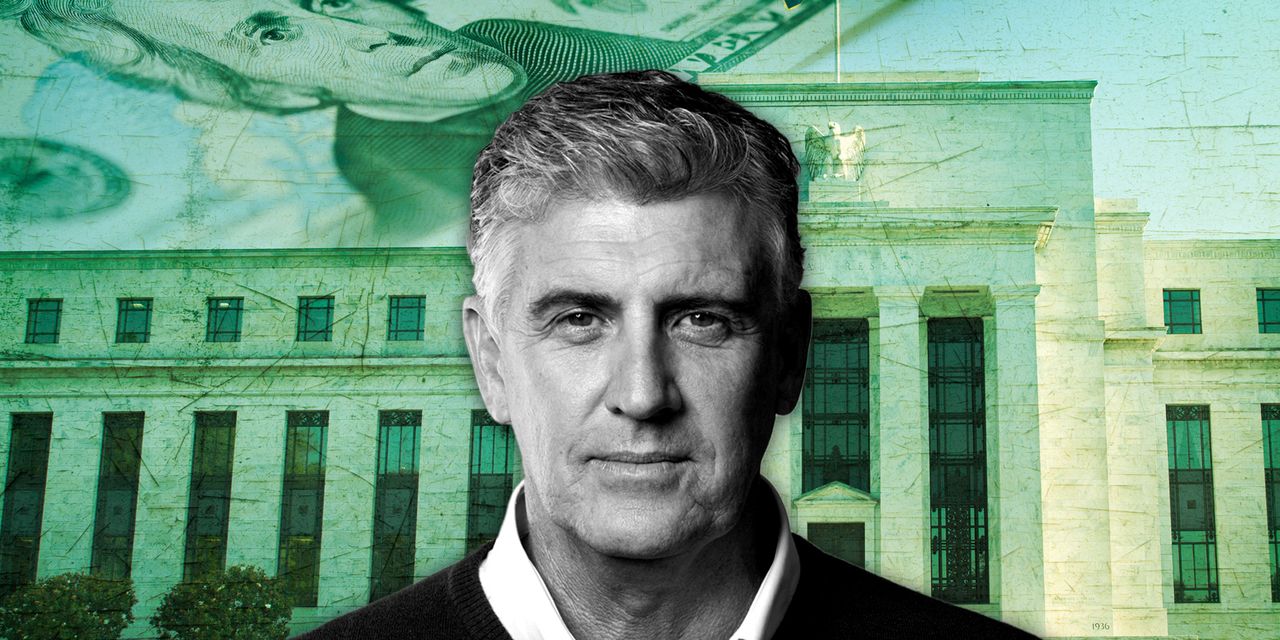Even so, rising interest rates have not been lifting all accounts equally.
The Fed raised the benchmark rate by 25 basis points to 5.25%-5.50%, the highest rate in 22 years. It marks the 11th rate hike of the Fed’s last 12 meetings.
Many high-yield savings accounts now have annual percentage yields of around 4%, up from an average of approximately 0.5% in March 2022, according to DepositAccounts.com, a platform that compares rates in U.S. savings accounts.
However, yields for many money-market mutual funds are now hovering at 5%, up from an average of 0.43% in March 2022, according to Crane Data, which tracks the industry.
The seven-day yields for many money-market funds should hit the 5% mark as early as this weekend as the funds start absorbing the rate hike, according to Peter Crane, president and publisher of Crane Data.
Money market funds — low-risk mutual funds composed of holdings like high-quality government debt, repurchase agreements and corporate debt — have swelled in size. On Tuesday, total assets in the funds hit a record-breaking $5.9 trillion, up $5.2 trillion at the end of 2022, according to Crane.
The assets in funds geared at retail investors hit $1.97 trillion, up more than 20% year to date, Crane said. The mutual funds for institutional investors climbed to $3.81 trillion, up 10% over the same time period.
“Retail has been where the action has been over the last year,” Crane said. The spread between deposit rates and money-market fund yields “are finally big enough to make it worth moving,” he said.
High-yield savings accounts vs. money-market funds
So is it worth pulling money from high-yield savings accounts to chase even higher yields in money-market funds? Money-market funds have less liquidity, slightly higher risk — hence the higher yield, experts say.
Isabel Barrow, director, financial planning at Edelman Financial Engines, said yield is important, but it’s not everything. Federal Deposit Insurance Corp. currently insures bank deposits up to $250,000 per account, while money-market funds are not covered by FDIC insurance, she said.
People should have a high-yield savings account and a money-market fund to manage cash, but for different reasons, said Alvin Carlos, financial planner and managing partner of District Capital Management.
Money-market funds will make more money, but you can access your cash quickly from a high-yield savings account.
Pulling cash from a money-market fund could take a couple of days vs. instantaneous access for a high-yield savings account if it’s going to an account within the same institution, experts say.
Charles Schwab Corp.
SCHW,
brokerage-account holders have next-business-day access to money in a Schwab money-market fund, said Tim Schiltz, director, money market fund product management and innovation at Schwab Asset Management. Transferring money to another institution can typically take one to two business days, he added.
Competitive rates for both types of account
That said, some high-yield savings accounts can match the rate of money-market funds.
“You can get 5% if you are willing to try smaller banks, or ones that are new,” said Ken Tumin, founder of DepositAccounts.com. OceanFirst Bank offers a savings account with a 5.17% APY and Republic Bank of Chicago has a savings account with a 5.21% APY.
Other high-yield savings account providers, however, have fallen way behind the Fed’s benchmark rate, Tumin added.
American Express
AXP,
and Ally
ALLY,
high-yield savings accounts offer 4% APY; Discover Bank’s
DFS,
is offering an APY of 4.15%; and Synchrony Bank
SYF,
is offering a yield of 4.5%.
A Discover Bank spokesman cited comments by CEO Roger Hochschild last May in an American Banker article. “As soon as you stop paying the highest rate, those customers leave,” Hochschild told the magazine. “We’re aiming to be competitive with a broad value proposition, but not to lead the market.”
(Synchrony declined to respond to a request for comment; Ally and American Express were not immediately available for comment.)
Bank rates are competitive and can vary from market to market, said Derek Williams, president and CEO of Century Bank & Trust, a community bank based in Milledgeville, Ga. Community banks focus on customer service, protection and core deposits, said Williams, who also chairs the Independent Community Bankers of America.
“You can get a person on the phone. You know your money will go back to the community you live in,” he added.
Wall Street’s big guessing game is when the central bank will start cutting the benchmark rate — and when that answer comes, it will likely make money-market funds and high-yield savings accounts less appealing to yield chasers.
“If and when the Fed cuts rates,” Crane said, “they will drop as quickly as they have risen.”
Read the full article here





